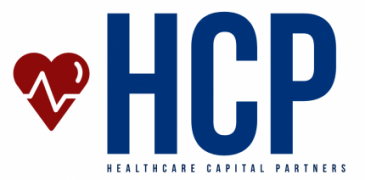The global medical technology marketplace continues to expand, driven by an ageing population, increasing affluence in the developing world, and continuing technological innovation and reached a value of $300bn in 2010. Disposable equipment and supplies were the driving elements of the global industry representing 40% of total revenue in 2010. When looking at a regional breakdown of the market, the Americas account for approximately 50% of the market value, outpacing Europe with its share of 33%.
By the end of 2014, the market is estimated to reach a value of $368.5bn, with a decelerating CAGR of 4.4% for the five-year period from 2009 to 2014*.
Mergers and acquisitions by medical technology companies in the U.S. and Europe doubled in value to $30.6 billion last year from 2009, led by the industry’s biggest firms, according to an Ernst & Young LLP report.
More than $47.3 billion in transactions have been announced so far in 2011, led by Johnson & Johnson (JNJ)’s $21.3 billion proposed purchase of Synthes Inc., the report said. The number of acquisitions increased to 201 last year, from 171 in 2009, according to Ernst & Young.
Although globally there are thousands of companies, the industry is dominated by a handful of large medical device manufacturers with significant sales and distribution capabilities. In order to compete effectively, these firms must continually generate new technologies, either in-house or through acquisition. Below this top tier, there are a number of smaller companies that depend on the distribution channels of the larger players to provide a route to market their products. Their key requirement is critical mass, leading to significant levels of horizontal integration among the smaller cap companies. M&A is a core feature that has shaped the structure of the industry and will continue to remain a key strategy for small and large players alike.
There have been over 240 deals in the last five years in the medical-device sector, with an average deal value of $369.5m and an average premium of 41.8%, according to Bloomberg data. The biggest deal was Boston Scientific’s 2005 acquisition of Guidant Corp. for $25.2bn*.
M&A will remain a core part of the business development of most Medtech companies. Just as large cap companies require consolidation to preserve market share or to enter new therapeutic areas, small companies will continue to face a choice between the certainty of a trade sale and the insecurity of building a business using its own capital. Given the dull outlook for equity markets in the near future, it is probable that M&A activity will increase as more and more companies choose to go the trade sale route.
*statistics from Datamonitor and Ernst & Young LLP
